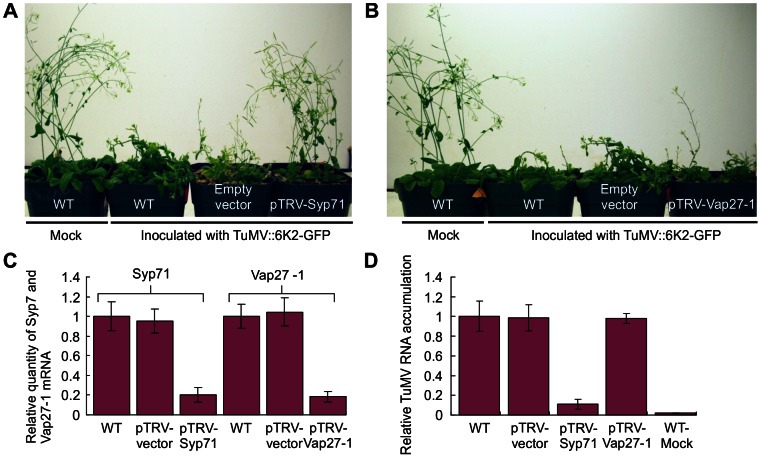Figure 5. The requirement of Syp71 for TuMV infection.
(A) Knockdown of Syp71 expression inhibited TuMV infection in Arabidopsis. pTRV1 and pTRV2-Syp71 or vector controls were agroinfiltrated into Arabidopsis. After 10 days post infiltration, seedlings were inoculated with TuMV::6K2-GFP. Photographs were taken 12 days post TuMV inoculation. (B) Knockdown of Vap27-1 expression did not significantly affect TuMV infection in Arabidopsis. pTRV1 and pTRV2-Vap27-1 or vector controls were agroinfiltrated into Arabidopsis. After 10 days post infiltration, seedlings were inoculated with TuMV::6K2-GFP. Photographs were taken 12 days post TuMV inoculation. (C) Relative expression levels of Syp71 and Vap27-1 in Arabidopsis plants inoculated with TRV-based VIGS vectors targeting Syp71 or Vap27-1. qPCR assays were conducted to quantify Syp71 and Vap27-1 mRNAs 12 days post agroinfiltration. Wild type (mock-inoculated) and plant infected by empty pTRV vectors were used as controls. Three independent experiments, each consisting of three replicates, were carried out for quantification analyses. The values were normalized against ActinII transcripts in the same sample. The values represent means of fold change relative to the wild type. Error bars represent standard deviations. (D) Relative TuMV RNA accumulation in Syp1- and Vap27-1-downregulated or control Arabidopsis plants. qPCR assays were conducted to quantify the TuMV viral RNA 10 days post TuMV inoculation. Wild type and plants infected by empty pTRV vectors were used as controls. Three independent experiments, each consisting of three replicates, were carried out for quantification analyses. The values were normalized against ActinII transcripts in the same sample. The values represent means of fold change relative to the wild type. Error bars represent standard deviations.

